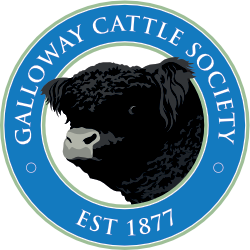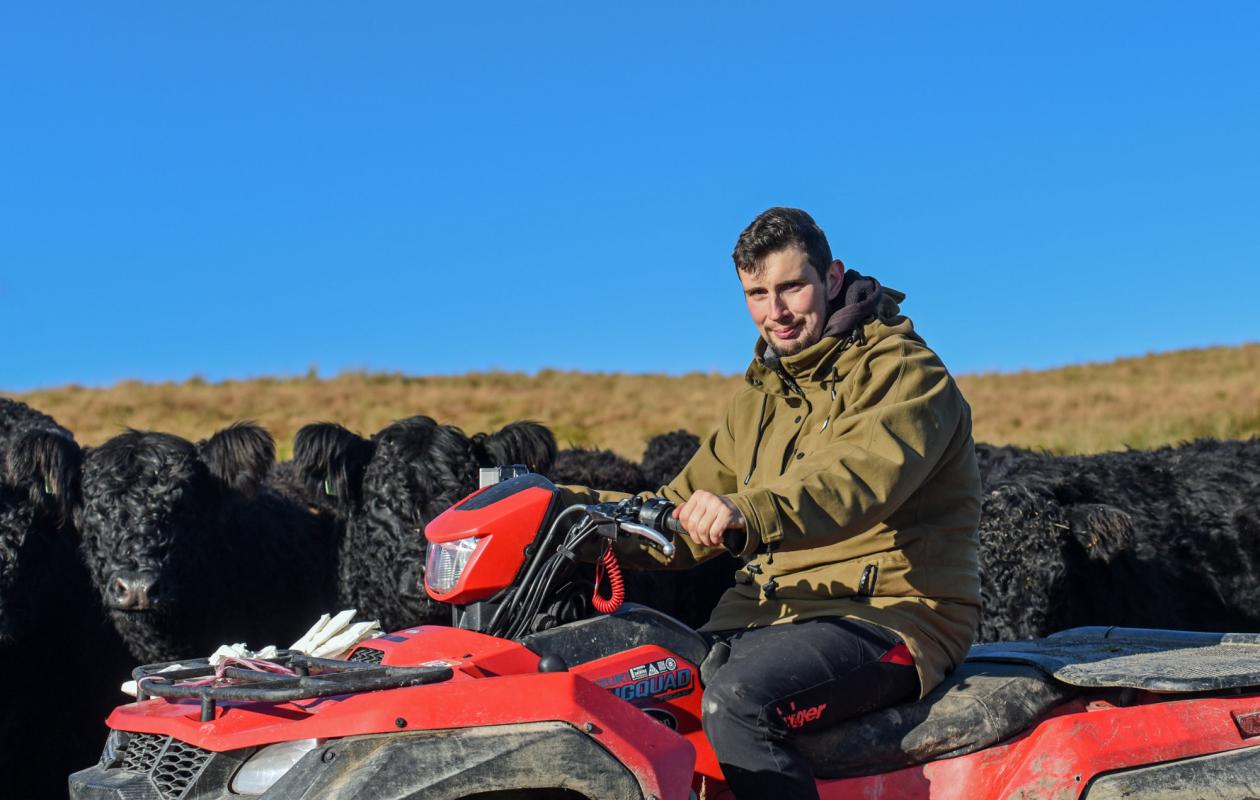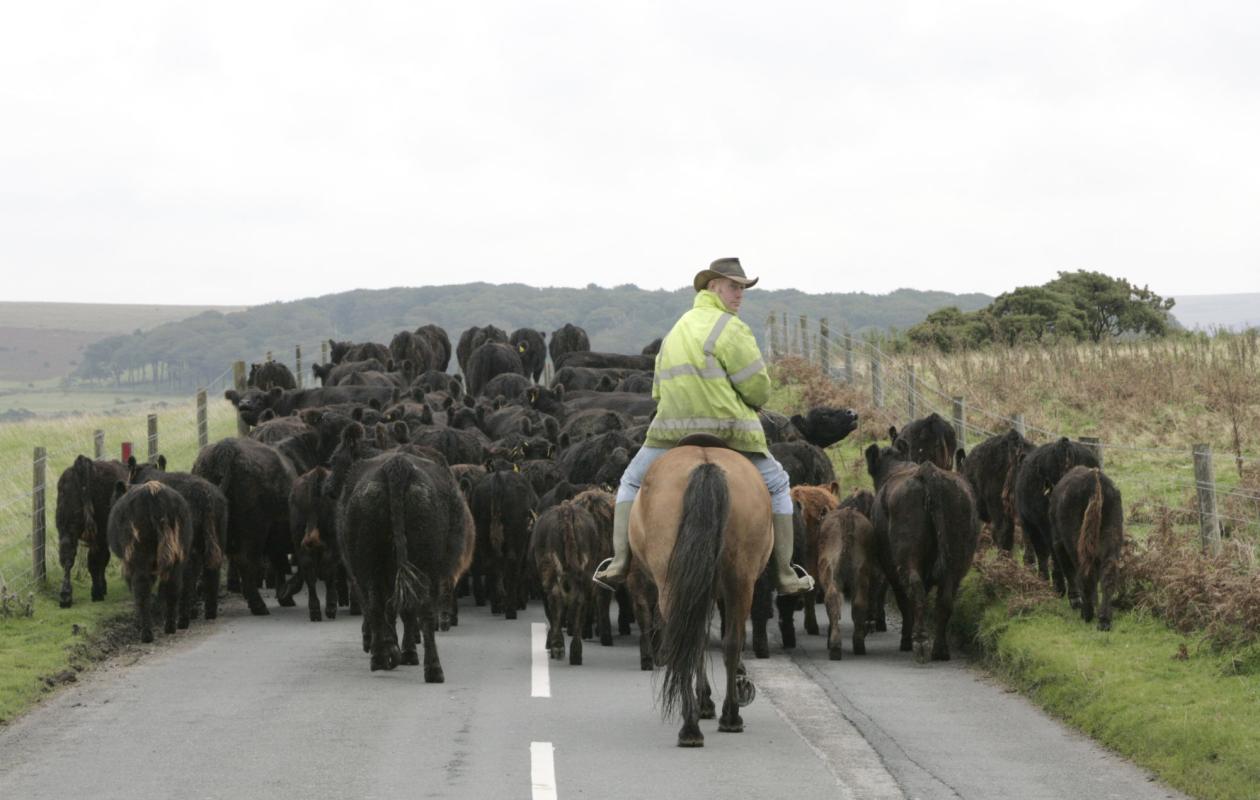Galloway cattle have stood the test of time for more than 100 years and are faring well for the future on a Scottish Borders hill farm.
Andrew Tullie is the seventh generation of his family to farm at Bowanhill, Teviothead, near Hawick. The family have been tenants of the Buccleuch Estate since 1845 - almost 150 of them at Bowanhill - and for a large part of that time the herd of Galloways has been a mainstay of the business.
Andrew farms the 600 acre Bowanhill with his parents John and Caroline and four years ago Andrew and his wife Katy moved to another estate unit, Whitchesters Farm, near Hawick, taking on the tenancy of the 800 acres and establishing their own suckler herd and sheep flock. The family also has a further 200 acres of owned and rented grazing land nearer to Hawick.
Andrew is the youngest of three sons - eldest brother James is a doctor, Douglas is an architect and younger sister Sarah is an environmental consultant.
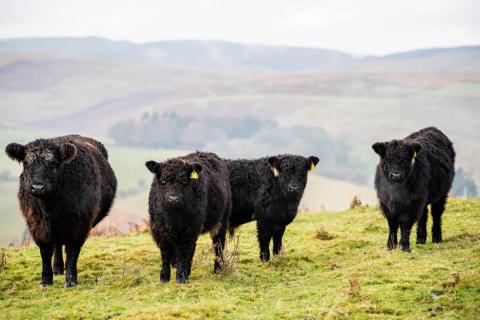
Andrew is the Galloway Cattle Society’s most recently appointed trustee, having previously been chairman of the Young Galloway Breeders while John is a past society council member.
On the new farm, Andrew has stayed loyal to the Galloway. He says the breed’s popularity continues with 14,500 Galloway cows but only 10,000 Galloway calves with a lot of the females being used for crossing.
“The other breeds of cow take a lot more keeping than the Galloway. They live out on the hill all winter and are just fed silage. They can be out there with a couple of inches of snow on their backs and they do well,” said Andrew.
“Wintering costs are a killer for suckler herds. With the Galloway you can do away with the cost of housing, machinery and straw for wintering,” said Andrew. “Less labour is required further reducing costs. The cows outwinter well on roughage just supplemented with silage,” he added.
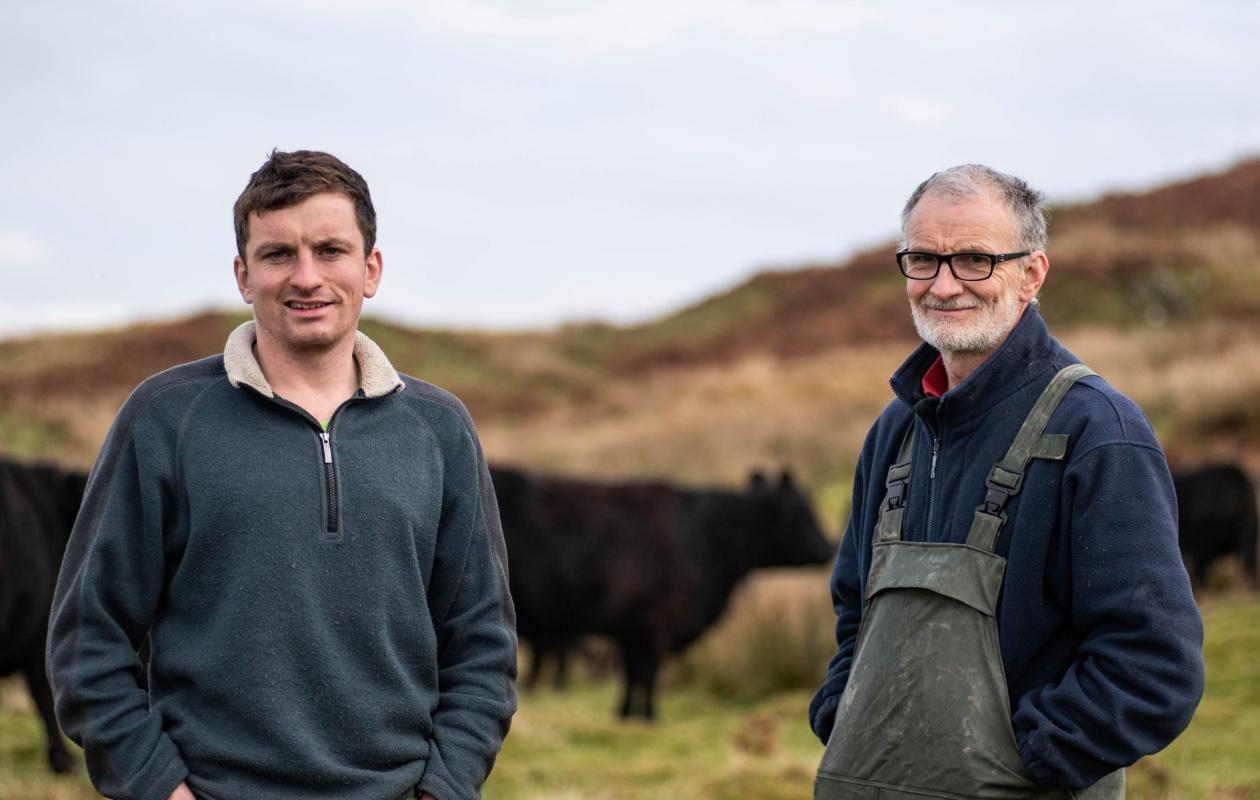
“There is a steady core of people who keep buying Galloways, either because they want to run lower cost cows or they want a native breed for a conservation scheme. In some conservation schemes they want to re-introduce cattle for heather regeneration where the ground is being choked with Molina grasses,” added Andrew.
Galloways have been at Bowanhill for more than a century - suiting the hill land well. The herd was previously registered and John re-registered it in the 1980s with a view to selling pedigree heifers and bulls.
The Bowanhill herd currently comprises 40 pedigree cows which are run alongside a flock of 470 Scottish Blackface ewes.
For many years half the herd has been crossed with a registered Saler and the better cows and all the heifers are bred to the Galloway bull to calve at three years old.
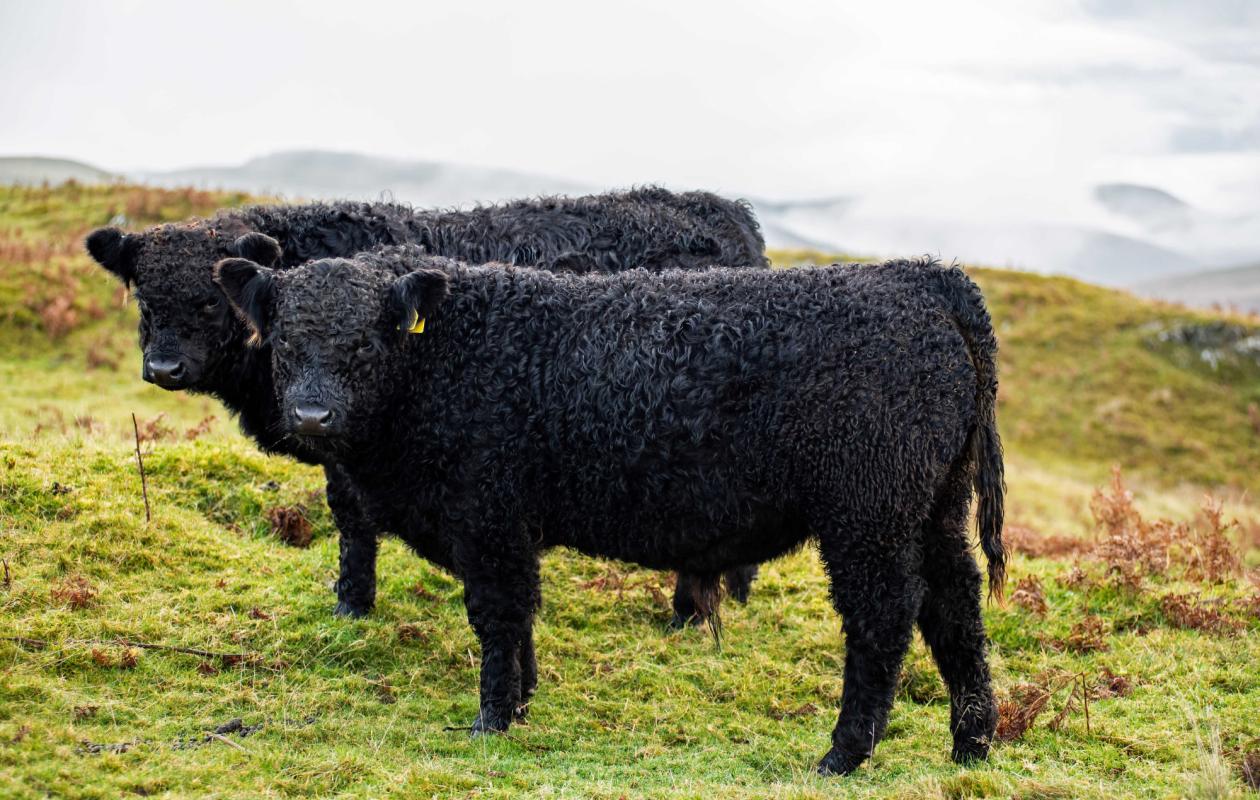
Simmental bulls have been used in the past but the Saler is the preferred cross for calving ease and weight of calves.
The Tullies like to invest in good Galloway stock bulls to breed a medium sized female. They are all bought at the Castle Douglas sales and 4,500gns was paid for the most recent herd sire, Kilnstown Yorkshire, whose first calves were born this year, with a number showing breeding potential.
Because the Galloways are so long-lived, the Tullies are able to sell on their stock bulls when they can no longer use them on their own daughters. They are usually used for at least three years and they can bring in around half the initial investment when sold on.
Former herd sire Strictly of Fingland was bought for 5,800gns and some of that investment was recouped when he was sold on to John Heard of Devon.
Another stock bull, Ben Lomond Rolex was purchased for 3,000gns and left a lot of good females in the Bowanhill herd and was sold to a breeder in Wasdale, Cumbria.
Galloway bullocks from Bowanhill have been used in grazing schemes on the Malvern Hills in Worcestershire for a number of years.
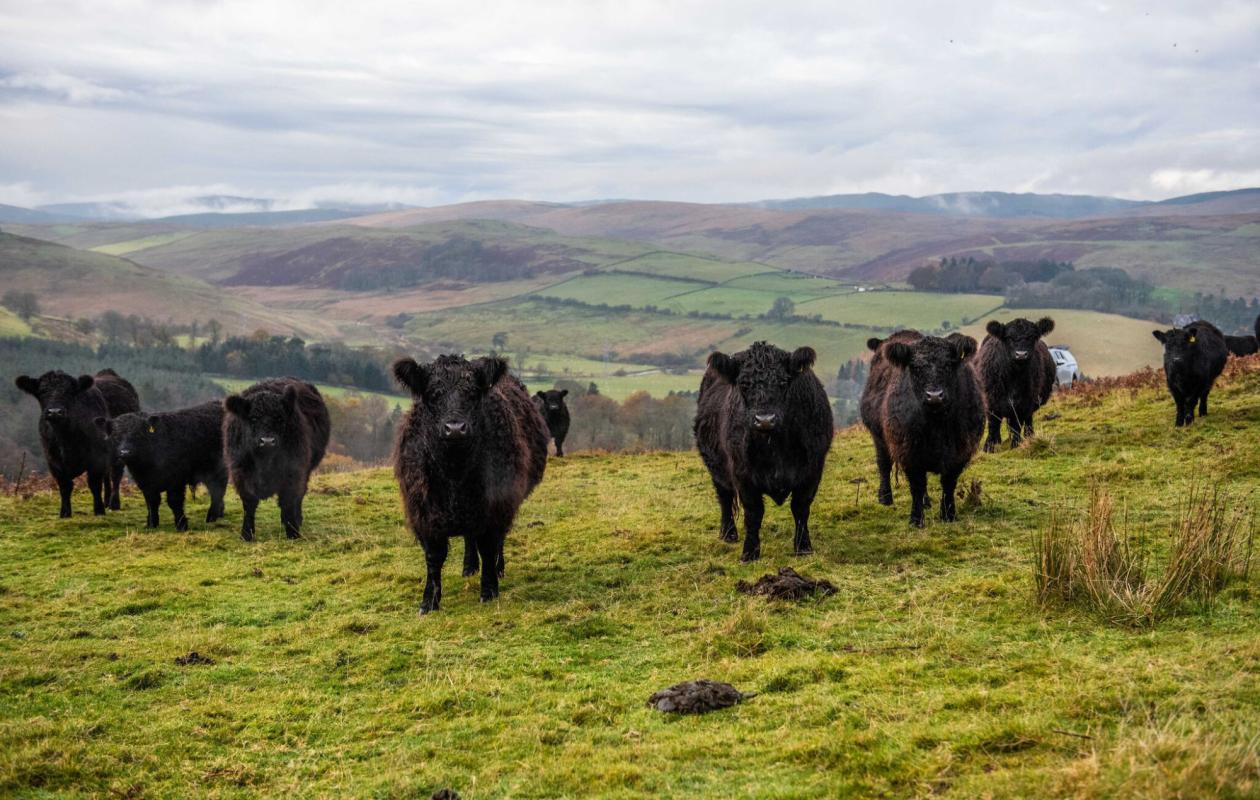
The cows are also long-lived with females currently in the herd up to 14 years old. The grand mother of Omega was still in the herd into her late teens.
The heifers are calved in March before the cows which calve from April to May. All the calving is on the hill at 1,000ft above sea level, the majority unassisted.
With little in the way of inputs and labour, the cattle bring healthy returns. Galloway bulling heifers have sold up to 1,400gns through the ring at Carlisle.
Bullocks weigh an average 300kg at weaning with heifers weighing slightly less. Crossbred bullocks sold up to £900 at Longtown in 2019. Cattle from Bowanhill were also first prize in both the bullock and heifer classes at the Longtown Kirkcambeck sale.
Salers cross heifers have sold to £1,500 in the past and featured on the Galloway stand at the beef event in Aberdeenshire last year.
While only the best pure bred Galloway bull calves are kept for breeding, in recent years they have sold for good money to buyers in the South West of England at the Castle Douglas society sale.
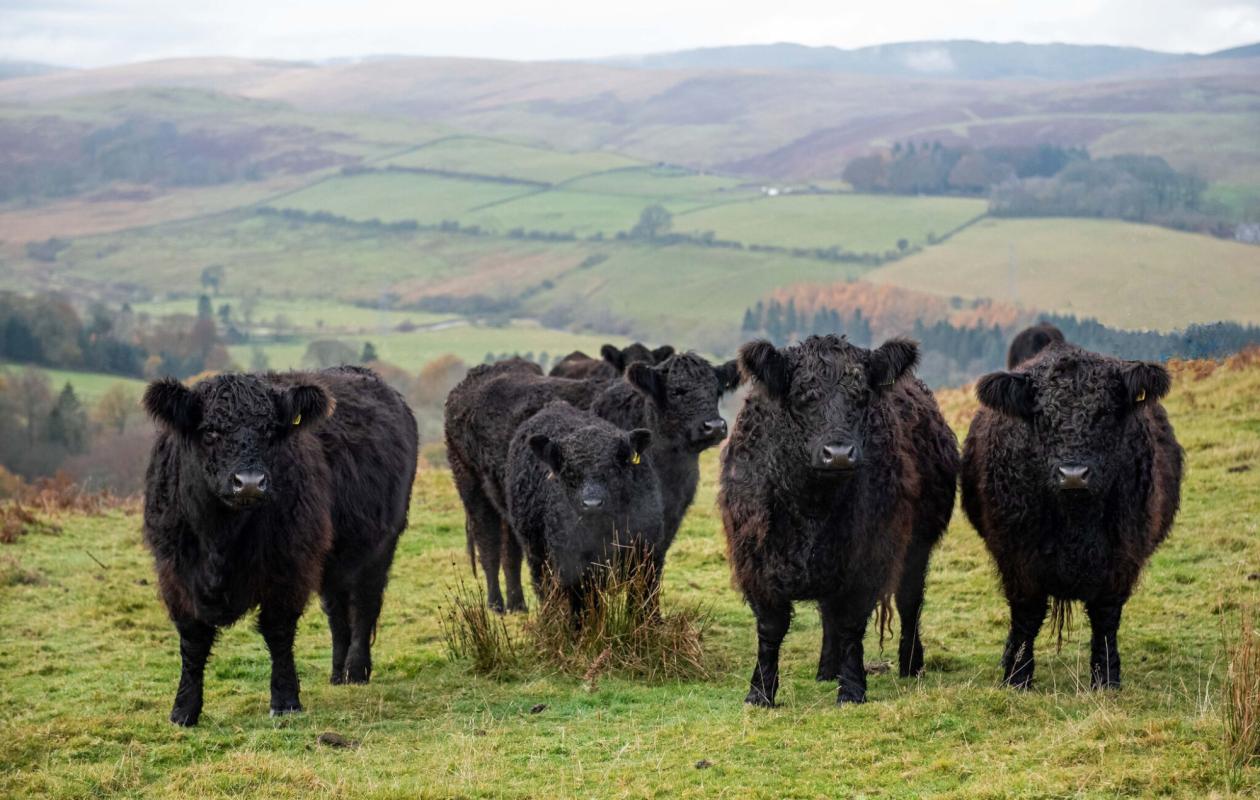
“Breeders from the south west of England have been good supporters of the Galloway which suits their type of land and they are used in grazing schemes,” said John.
Bowanhill Omega sold for 1,800gns to John Jordan, of Newton Abbot, Devon, in February 2015,” he added.
Also, the reserve champion two year old at the February 2017 Castle Douglas sale, Bowanhill William Wallace sold for 2,000gns to RA & JP Cornelius, of Bodmin, Cornwall.
John says he has never considered any other breed of cow for Bowanhill. “There are other breeds which claim to do the same job but they can’t be as hardy as the Galloway,” he says.
At Whitchesters Andrew and Katy, a biology teacher at Hawick high school, who have two young children Wilson, three and a half, and Mairi, 18 months old, have established a 100-cow suckler herd comprising 30 commercial Galloways with the remainder Saler crosses alongside 800 Cheviots and cross Aberfields.
As well as hill land, the farm has a good proportion of ploughable ground which is used to grow forage crops.

The Galloways were bought as a herd from the Drysdales at Old Cambus, Cockburnspath, and they are put to the Whitebred Shorthorn bull to produce Blue Greys. Some replacements have been bought from the Bowanhill herd.
All Blue Grey heifers are sold as 17 month old bulling heifers to the same buyer at Peebles who wants hardy heifers for hill cows which are put to the Limousin and Charolais bulls.
Blue Grey bullocks are sold at a year old at Longtown mart and at the early sale they averaged £620.
The easy care Galloways have given John and Andrew time to pursue the family interests in orienteering and hill running with the surrounding terrain providing the ideal training ground.
John took up orienteering while still at school. He is currently the British orienteering over 60s champion. He was second in the British fell running championship and he retains his title as the over 60s Scottish hill running champion. Andrew has eased back on the sport with having a young family as well as taking on the new farm.
